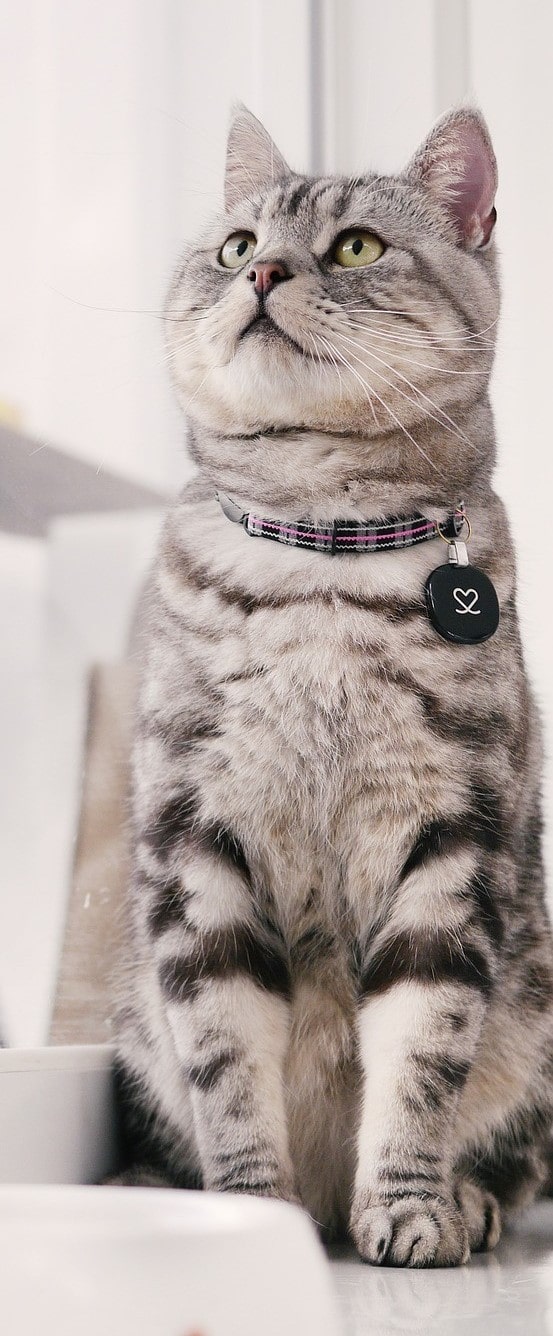Please note that some of the links below are affiliate links. This means that, at no additional cost to you, I will earn a small commission if you click through and make a purchase.
- All
- Gallery Item

Sophisticated and distinctive in appearance, the Siamese cat is a result of a genetic mutation. These beautiful cats enjoy playing games with their owners (servants), and are known for enjoying a quick game of catch or taking a stroll on a leash.
A natural breed, the Siamese cat’s original pointed pattern contributed to the introduction of quite a few other breeds, including the Balinese, the Oriental, the Himalayan Persian, the Tonkinese, and the Havana Brown cat.
There are 2 categories of Siamese cats, and 9 sub-types within these categories:
● Traditional Siamese: Applehead, Old-style (more Thai and therefore possibly cross-eyed), and Classic Siamese.
● Modern Siamese: Wedgies, light- and dark-colored points.
The History of the Siamese Cat in the USA
The personality of the Siamese Cat
It is well-known that the Siamese cat is highly intelligent and can be trained, but this does not mean that you can train them to do everything you wish. The Siamese cat has an agenda of its own!
Siamese like to appear “helpful” and will follow you around to supervise your every move. Though elegant in appearance, the Siamese can just as easily curl up on your lap and sleep in your bed at night as a ragamuffin cat can.
Siamese are very affectionate cats, who require the same dedication and commitment. As Siamese cats love to play, stock up on toys that’ll help you exercise your Siamese, and strengthen your bond.
“We are Siamese if you please. We are Siamese if you don’t please,” these lines sung by two haughty Siamese cats in Disney’s Lady and the Tramp, expresses the Siamese personality perfectly.
If you’ve got a Siamese cat at home, prepare to have some lengthy opinionated conversations. The Siamese will tell you exactly what they think in a loud raspy voice, and expect you to pay attention and act on their advice.
Siamese cats don’t like being left alone for too long, so rather invest in a pair of Siamese who will keep each other company when you can’t.
Physical characteristics of the Siamese Cat
Long in every way, the Siamese body, neck, legs, and tail seem to extend, and the long tail tapers to a point. The head is a long triangle and the tall ears are set on the head as a continuation of this triangle. The nose is long and straight.
The Siamese breed is medium-sized but nicely muscled. Males weigh between 6-11 lb and the females weigh a little less, between 4-6 pounds.
The distinctive Siamese eyes are almond shaped and bright blue.
The contrast between the color extremities on the body is known as color restriction (or commonly, pointing). Pointing is the difference in color of the fur on the ears, tail and feet which is darker than the overall cream color of the Siamese coat.
Blending gradually and subtly, the Siamese face also shows a mask of the same deeper point color that typically covers the face, surrounds the eyes, and covers the whisker pads. This mask is much smaller in a kitten and gradually increases as they grow.
Siamese cats are bred in hues of chocolate, seal, lilac, blue, red, cream, fawn and cinnamon colors. The Cinnamon-, Fawn-, and Caramel-Point Siamese are relative newcomers to the Siamese breed standard.
Red-Point Siamese are considered flame-point cats and are very rare, with their existence mostly questioned. Prices for these rare Siamese cats can be as high as $2000.
● The Governing Council of the Cat Fancy in the UK now includes all three colors in the Siamese breed standards
● The USA lists the Cinnamon- and Fawn-Points under Colorpoint Shorthair and Caramel Points under Colorpoint Oriental.
● The Cinnamon point only achieved championship status in 2009.
Longevity is between 8 and 15 years
Caring for the Siamese Cat
Grooming
While Siamese coats need little care, they tend to associate brushing with affection and will enjoy spending time being groomed because of this. The short, fine coat is easily cared for with weekly combing to remove dead hair and distribute skin oils.
Brush the teeth to prevent periodontal disease. Daily dental hygiene is best, but weekly brushing is better than nothing.
Feeding
Siamese show a pot belly after indulging in one day of overeating. Quick to put on weight, the Siamese needs a nutrition-controlled diet. Siamese cats are known for their finicky choices in meals, and will allow themselves to become malnourished if not pleased with the flavours of the food you provide.
Even though pedigree cats are usually kept as indoor cats, breed-specific needs of the Siamese go beyond the needs of other cats. breed-specific diets also take the size and shape of the cat into account, making breed-specific food an ideal choice for pedigreed animals.
Not sure what to buy? Shop Siamese Adult Dry Cat Food now.
A slender and muscular cat, the Siamese requires increased levels of highly-digestible proteins, moderate fat levels (at least 14%), and prebiotics to promote intestinal gut balance and maintain digestive health.
To maintain skin and coat health, the Siamese needs a diet that’s rich in amino acids, essential minerals and vitamins, and fatty acids such as omega-6 and omega-3. Finicky by choice, cats require more than your average amino acids and vitamins, according to the National Research Council Committee on Animal Nutrition (NRC).
Cats were never designed to eat a diet that consists of only wet (processed) cat food, and need to eat kibbles to keep their teeth, coats, and digestive tract healthy. The right diet can even prevent hairballs by keeping your cat’s coat healthy.
Check out this handy feeding guide for adult Siamese cats.
For kittens, we recommend a wet-food pouch as you slowly introduce them to solids and kibbles.
Senior cats need a limited-ingredient diet. This doesn’t mean you cut out the goodness; it simply means you limit the health risks associated with an abundance of certain ingredients, such as wheat or soy.
As cats age, their senses begin to dull. a flavorful diet that’s tasty and smells great will keep their appetite up. If your cat has less teeth now that she’s older, consider adding a little warm water to soften her kibbles, or switch to a wet-food diet.
For more advice on feeding senior cats (of all breed types) click here.
Common diseases of the Siamese Cat
Problems that may affect the Siamese include:
● Systemic Amyloidosis, a disease that prevents organs from functioning correctly and is due to a protein buildup in multiple organs – but primarily the liver in Siamese cats
● Asthma/bronchial disease
● Congenital heart defects such as aortic stenosis
● Mediastinal Lymphoma is a cancer that causes a build-up of fluid in and around the lungs making it very difficult to breath
Click here for a fascinating 1979 long-term view of Siamese breeding profiles.
Four quick facts about the Siamese Cat
Is it true that Siamese cats can change their coat colors?
What color are Siamese cats at birth?
How old is the oldest Siamese cat?
Are Siamese cats possessive and clingy?
Sources
- Prestige Animal Hospital. American Shorthair: More than just a Common Housecat. Retrieved November 1 2020 from https://www.prestigeanimalhospital.com/services/cats/breeds/american-shorthair
